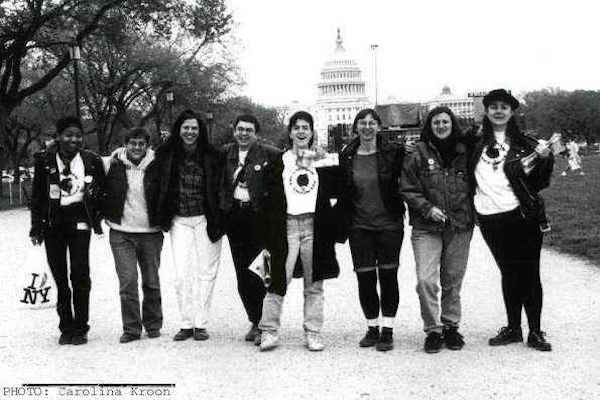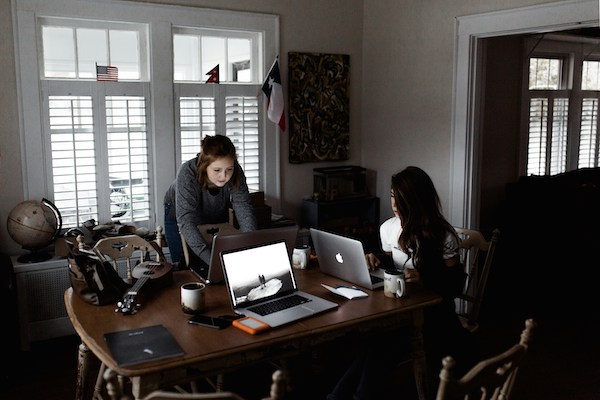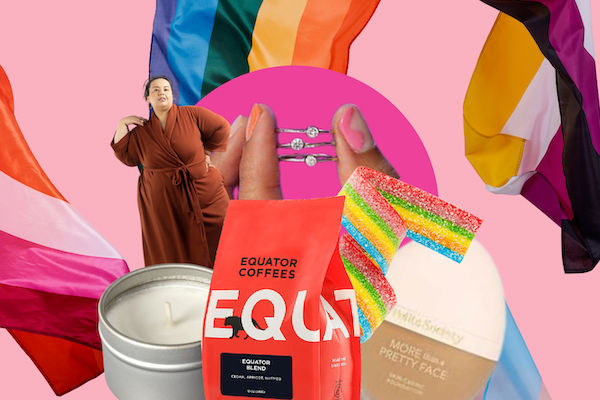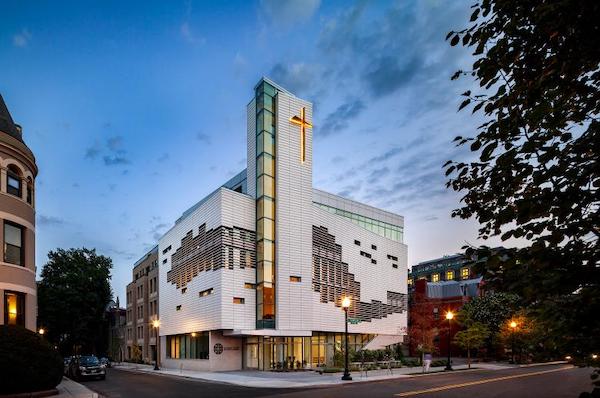
Photos: 2016 Capital Pride Festival
June 22, 2016
Former Miss Capital Pride Leather Passes Away
June 24, 2016The History and Future of the Changing D.C. Lesbian Scene
Washington, D.C. has always been a city of new and old, of history and relevancy. While most people know D.C. for its monuments and politicians, it has also been one of the fastest growing and most quickly gentrifying cities in the nation, with a recent majority of that influx coming from millennials. This dichotomy has been glaringly obvious among queer women and the ever-changing lesbian social scene.
Recently, I got a chance to speak with Dr. Bonnie Morris of the Rainbow History Project. Morris is a professor of Women’s Studies at both Georgetown and George Washington universities. She has been part of D.C.’s lesbian community for multiple decades and is the author of The Bar Notebooks, The Disappearing L and did a recent presentation at the Library of Congress called Lost Lesbian Spaces.
Though many younger women are unaware, D.C. has always played a huge role in the lesbian community. Throughout that history, women in Washington have always found new and creative ways to connect.
One obvious way to meet women in the community has been through the bar scene. This past year, we saw the closing of Phase 1, the longest continuously running lesbian bar in the nation. However, long before that, D.C. was home to places like Tracks, The Other Side, The Hung Jury, JoAnna’s, The Hill Haven and more recently, Chaos. However, the bar scene is not for everyone.
Long before the Internet, another way people in the community learned to connect was through print. On top of long-standing publications like The Washington Blade and Metro Weekly, D.C. has been home to grassroots publications like Off Our Backs and Blacklight. As more women found positive representations of themselves in the written world, the women’s bookstore also grew in popularity. Women’s bookstores like The Lammas and Sister Space provided a safe haven for women to discuss issues important to them, like custody battles or sexual assault.
As the community came together, women’s discussions also started at places like the Gay Women’s Alternative or the Thursday night discussion group at The Washington Area Women’s Center. “That thing rocked,” explains Morris, who went to the group for 18 years. “Women talked about everything going on in their lives. Sex, their parents, getting out of the military and racism. It was totally racially diverse. There were women with disabilities that talked about having sex, there were women who were very devout and conflicted and then women who practiced Wicca. There were women who talked about the backlash against female athletes. It was just terrific.”
As we came together, another evolution was the women’s music scene. “It all started here with Olivia Records. The women who founded Olivia were part of a household of radical feminists called The Furies Collective,” explained Morris. Olivia Records, which would later go on to found the Olivia cruise line, was started as a way to hear more women’s voices in music. The women’s music scene continued to thrive and grow into groups like Sweet Honey in The Rock and the music festivals like D.C.’s Sisterfire.
As the scene became more radical and political, women started to meet each other through rallies, dyke marches and other forms of political activism. D.C. was home to four major marches for LGBTQ rights and visibility from 1979 to 2000, as well as prides and candlelight vigils. Lesbian activism was also seen in collectives like The Lesbian Avengers, who famously ate fire in front of The White House.
As the millennium came around, activism for issues like “Don’t Ask, Don’t Tell” and gay marriage were still relevant, but many changes started to happen in queer women’s community.
“A really important change that’s so significant is when women started taking selfies in bars. I remember being shocked because before, you were not allowed to bring cameras into these bars because everyone thought you were CIA or FBI,” says Morris. She remembers the change happening specifically in 2001 when women were allowed to take pictures in Chaos, where before, you would have to check your bags and cameras at the door.
Another enormous contributor to the queer women’s and trans communities has been the DC Kings. The DC Kings started at Chaos and created a culture of kinging that lasted for more than a decade. Even though founder Ken Vegas retired the D.C. Kings last year, kinging still remains incredibly relevant to the scene with Pretty Boi Drag and events like F*CK BRUNCH.
Over the last decade, as more women’s spaces and venues close down, there has been an emergence of women’s nights. While the Ladies of LURe and BARE have had a monthly party at Cobalt for the last seven years, we have recently seen the emergence of GlittHER and The Coven. While these parties have been a great way to socialize, it can still be frustrating to not have a women’s only space to go any night of the week. However, as turn-out in the community has been an ongoing issue, these monthly parties seem to pull a consistently large crowd.
I spoke with friends Katie Adams and E Millie DeBoissiere about the way lesbians have started connecting in the last few years. So much socializing happens online through Instagram and Snapchat and most dating now happens through apps like Tinder or Bumble. “Bumble was started by women that left Tinder,” explains Adams, “The nice thing is that in order to chat, the woman must initiate the conversation.” Though this might cause issues with genderqueer folks and it still leaves opportunity to be harassed by other women, it does seem to help create a safe space for women to meet, date or create friendships.
DeBoissiere, who is specific to the D.C. lesbian scene, explains that these days, it is all about how far you can cast your social net. Women meet and start friend groups and then work on expanding those circles. “These days, it’s all about trying to be as socially relevant in as many groups as possible.” The scene is all about bringing the online connections to the women’s parties. “That is how a lot of people date now, they meet up at the parties. They come with their friends and you come with yours and the party provides a space to get to know each other.”
Though our community still has plenty of issues to solve, especially when you add intersectionality, in recent years, we seem to have gotten to a place where we can take a step back, breathe and reflect. Though many people have talked about the mainstreaming of gay culture and how that is especially detrimental to our women’s spaces, I have witnessed older women stepping out of the activist roles to settle down and “just live”, while the younger generation does not seem to be filled with the same fire that brought so many women together and powered so many movements. But even though the terrain is quickly changing, I do not think we have seen the death of an active lesbian community. As we grow and change and assimilate, there will always be a need for queer women to connect with each other to not only date, but to share life experiences, grow confidence in our identities, and continue to remind ourselves that we come from centuries of history, struggle, perseverance and community.
Save
Save
Save





